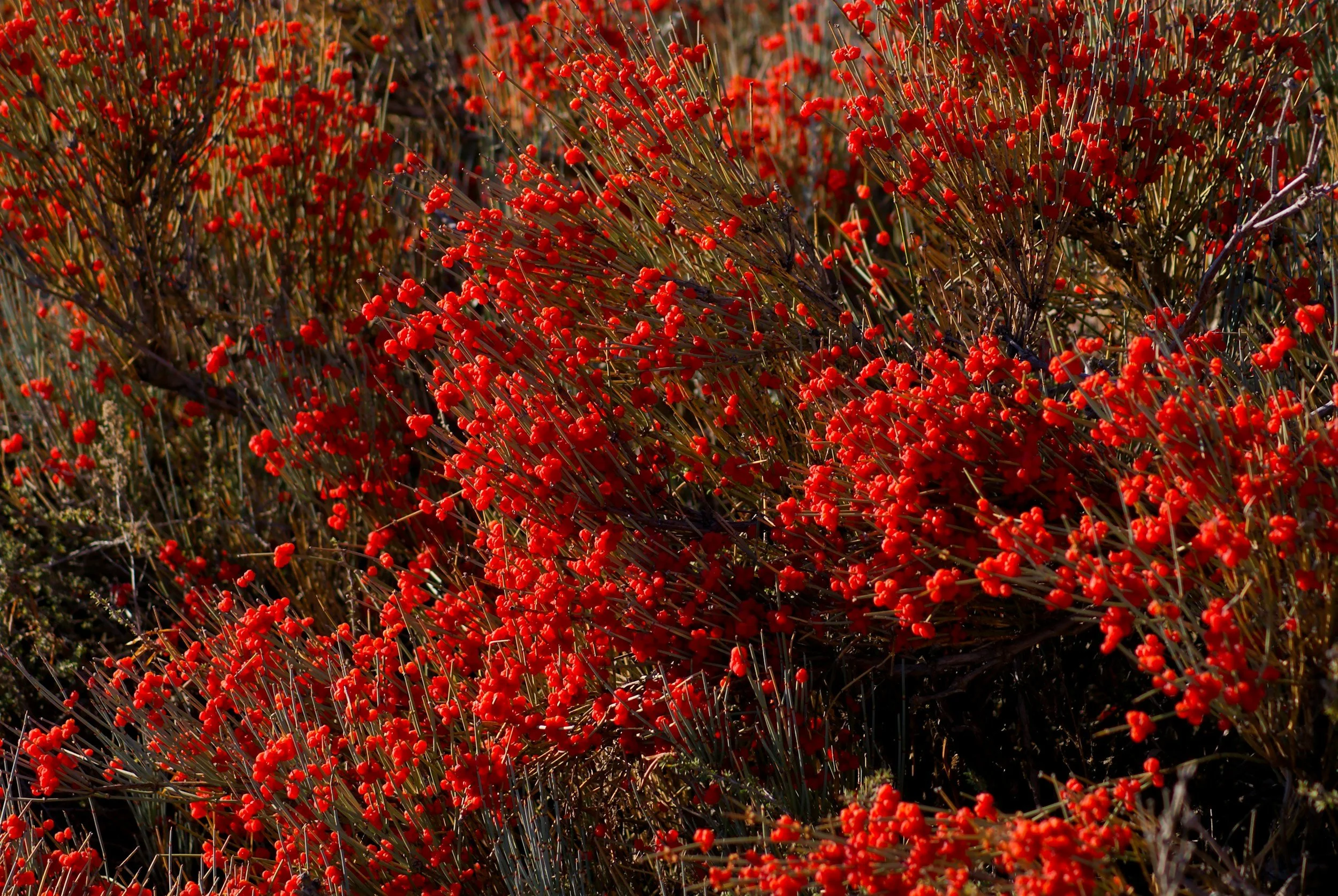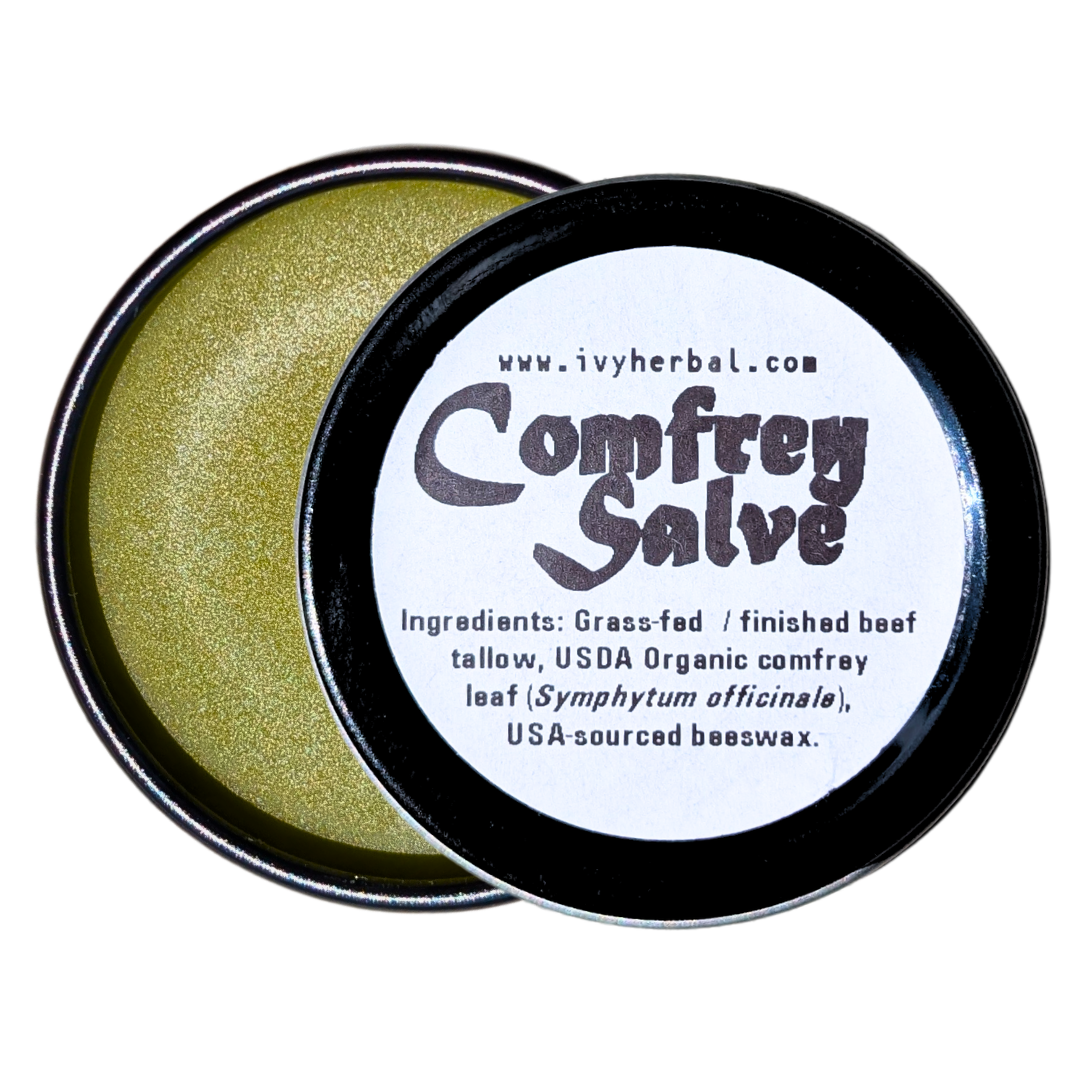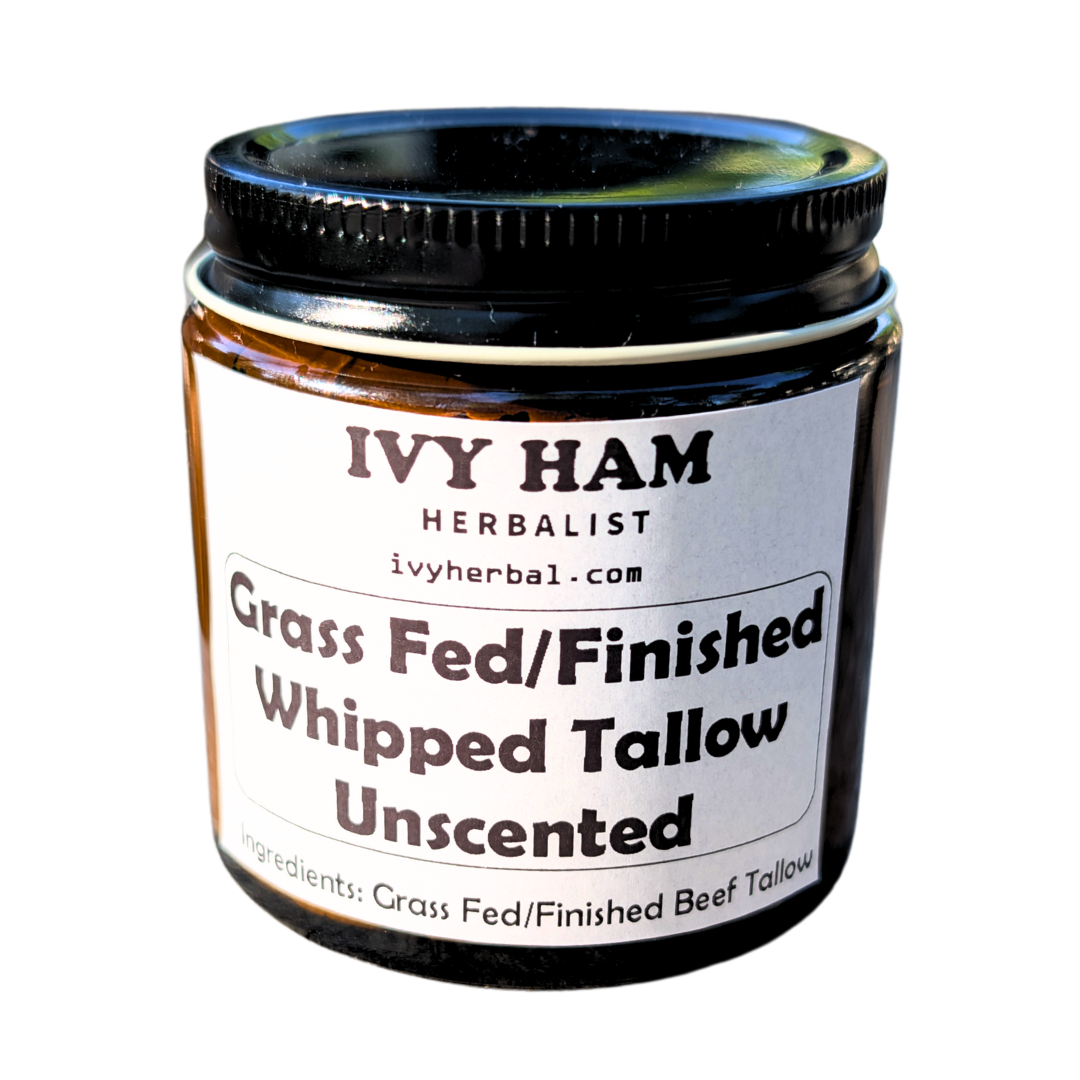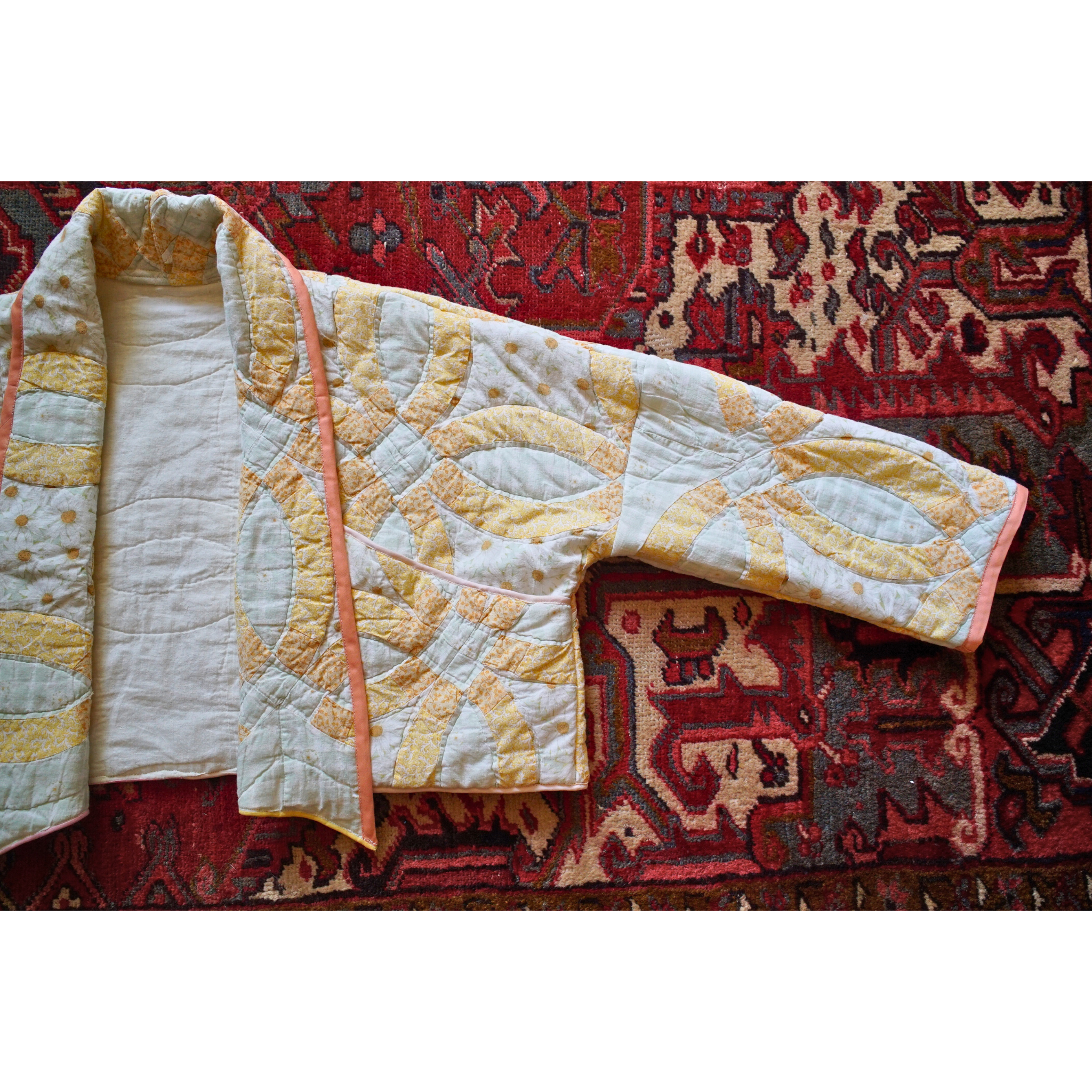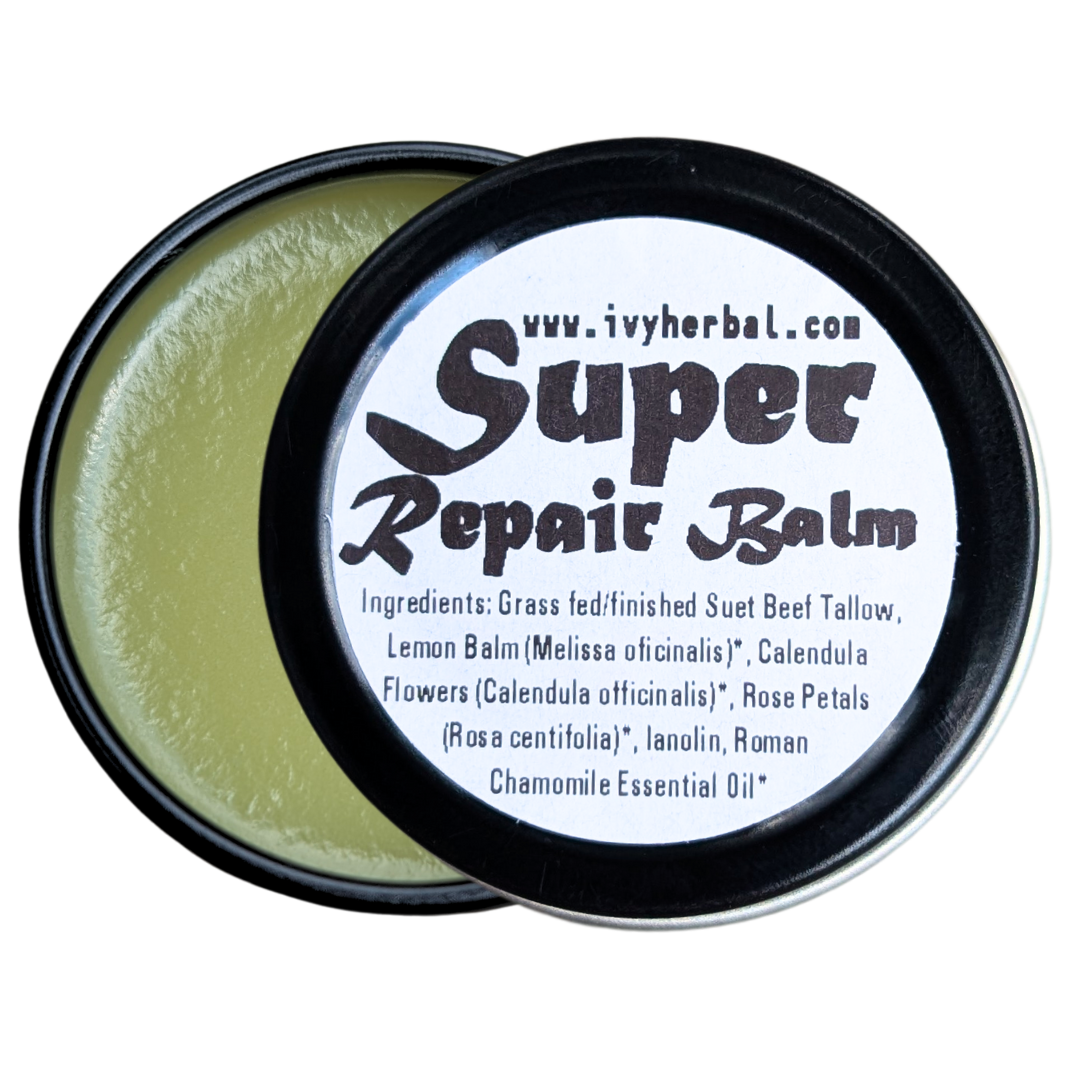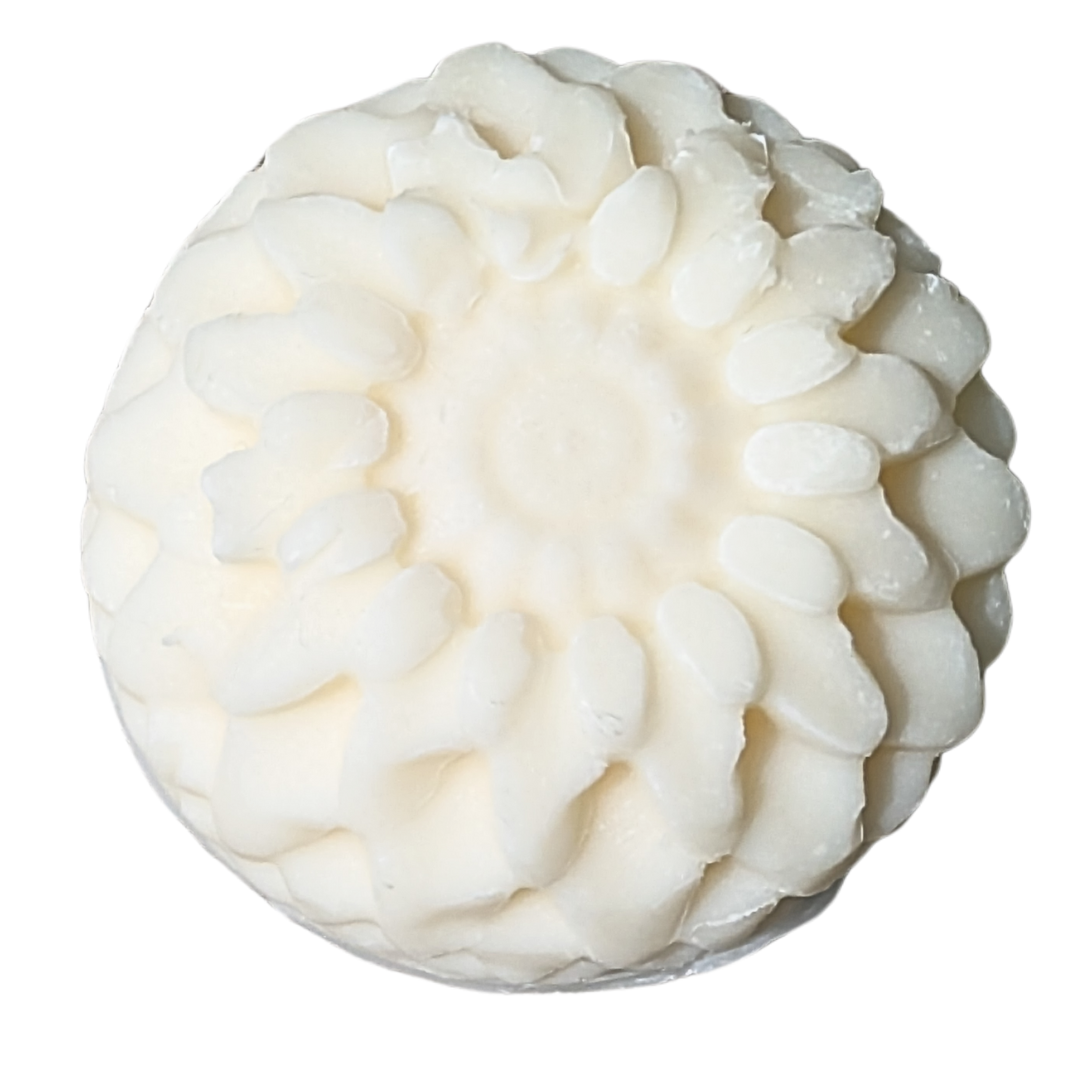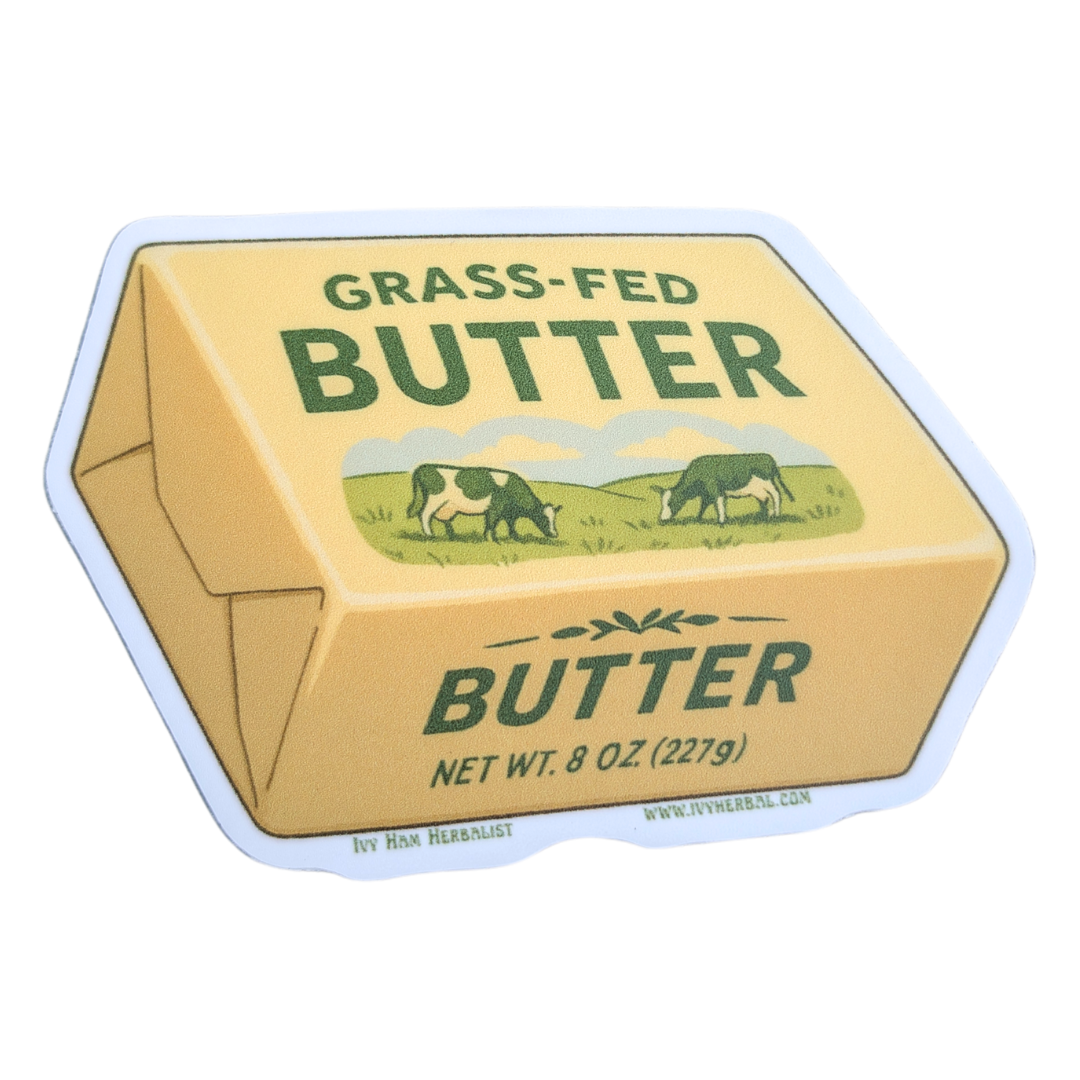The FDA’s War on Herbal Medicine
If you’ve ever tried googling an herbal remedy, you may have encountered an FDA warning claiming the herb you looked up is not safe to use. The FDA actually has a long list of medicinal herbs that it considers to be “dangerous”, some of which have actually been completley banned in the USA or are only permitted to be used by herbalists (which is confusing since the government doesn’t even recognize herbalists as an official occupation).
I think that as with any RX drug or vitamin, not every herb is good for everyone. Medicinal herbs contain many of the same constituents that are isolated down to create drugs, so they can absolutely interact with certain health conditions, or medications in a way that could be dangerous for some people. This is one of the main reasons why it’s important to work with an experienced herbalist or naturopath because they will factor all of that into their recommendations. All that being said, I think that the FDA’s list of banned/dangerous herbs really lacks nuance!
Please note (as per usual) this article is not medical advice, and any mention of a specific herb is not endorsement of benefit. Please use common sense and consult with an experienced healthcare provider before trying anything you read online. Ma Huang
A great example of this would be Ma Huang (Ephedra sinica) which is a strong bronchodilator and decongestant herb that was banned in 2004 after being linked to cardiovascular issues and deaths in athletes who were using it as a performance enhancer. A lot of people were also using it in the 90s as it was included in several popular weightloss supplements. Understandably, after several people died from using it improperly, the FDA elected to ban it.
Traditionally, Ma Huang has been used for centuries to support breathing issues like asthma (bronchodilator) and it also can help induce sweating, which can be helpful in supporting certain conditions. In the right context, and with proper supervision/correct dosage, this herb is safe in the short term. Sudafed (pseudoephedrine) is actually synthesized from this herb’s alkaloid compounds.
Comfrey
Another great example of unnuanced FDA banning is the herb Comfrey. This one is more well known, and was banned because it is said to contain a pyrrolizidine alkaloid, which can be toxic to the liver if taken long-term. You can still buy comfrey in the US, but it comes with warning labels not to use it internally, especially the roots, which are thought to contain more of the PA alkaloids than other parts of the plant. Comfrey is still used by many herbalists because it contains a compound called allantoin that is really amazing for supporting broken/damaged tissues and bones.
The nuance with this plant is that, most of the time, this herb is used only for a few weeks to a month at a time for acute trauma, so many herbalists feel that as long as the person does not have any pre-existing liver issues, a few weeks taking comfrey internally is probably not a big deal as the benefits outweigh the risks. Personally, with my clients, I educate them about the risks and possible supportive benefits and let them make the choice for themselves if they feel comfortable using it. There are a few other herbs that contain allantoin, so we can always opt for one of those instead.
Using comfrey internally may have its risks, but there is no issue with the alkaloids in using comfrey externally like in a salve or a poultice as long as the skin is unbroken. You can also buy “PA-free” comfrey in capsules these days, and though I have not tried it myself, many of my colleagues have found that works well.
Herbalism Not Recognized by the Government?
Yes, you read that right! NIH/HHS does not recognize herbalism as an occupation, which is why herbalists are legally not permitted to diagnose or claim to treat/cure any illnesses. This is why any herbal medicine-related accounts or blogs online, including mine, are forced to use phrasing like “this herb supports xyz health concern” or “this herb was used traditionally for ___”. If we were to claim that an herb treats ___, it’s likely we could be sued for giving medical advice since we are not a recognized medical professional.
The only exception to this is that many acupuncturists are also trained in Traditional Chinese Medicine, and the government does recognize acupuncturists and allows them to diagnose and treat patients from a TCM or biomedical perspective. They are allowed to treat conditions using acupuncture, herbal medicine, moxabustion and dietary therapy. They cannot perform surgery, prescribe pharmaceutical drugs, or make certain medical diagnoses unless licensed to do so (e.g., they can’t officially diagnose cancer or prescribe antibiotics unless also an MD or ND).
As you can imagine, this makes communicating and educating people on the supportive benefits of medicinal herbs very difficult. Most of the herbal medicine educational courses I’ve taken have devoted a whole unit of the course to information on navigating these kinds of regulations and how to prevent yourself getting sued. Most herbalists that meet directly with clients opt to get business insurance, LLCs and other protective measures.
Final Thoughts
I just want to reiterate that the specific herbs mentioned here and on the FDA’s list were banned for a reason (so please do not try them without guidance), but like I said at the beginning of the article, I personally feel like many of these bans lack nuance.
Banning these herbs is a disservice to those who may have benefitted from using them with the guidance of an herbalist or other practitioner. Like RX drugs, herbs can be dangerous when used improperly, so banning these, to me, feels like an attack on the original medicine system we have all been using for thousands of years. We badly need more representation in the medical industry, and more education for our healthcare providers here in the US on non-drug interventions and supportive therapies.
Featured Products
All hand-made and herbalist formulated in small batches at Ivy’s Apothecary in Charlotte, NC. Ivy uses the best, organically-produced ingredients available, and ships directly to you within 1-2 business days. Support a small, woman-owned business and help keep this site running!

